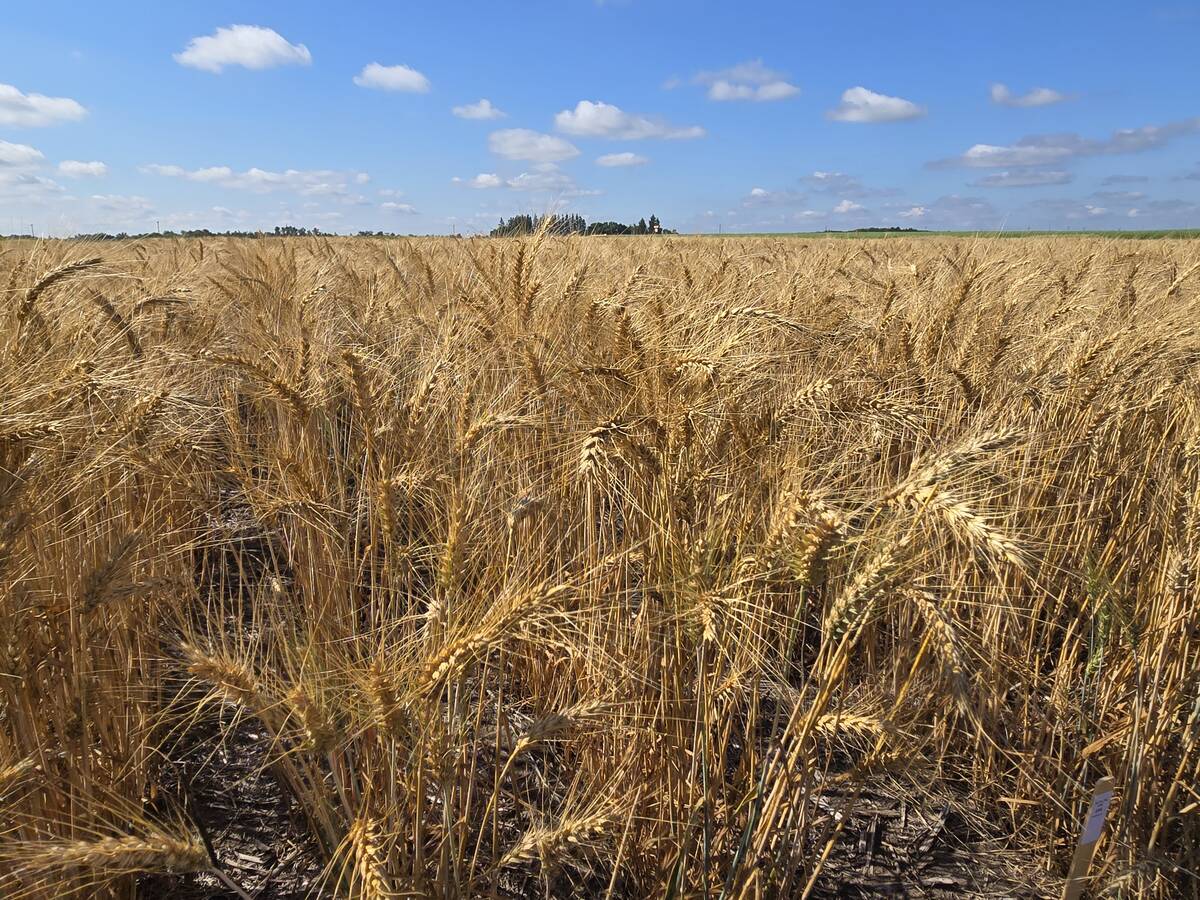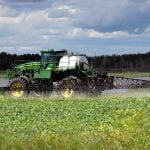An Alberta beekeeper says he is concerned that controversy over neonicotinoids could reduce attention on other pressing bee health issues.
Calvin Witdouck, who operates Witdouck Farms with his brothers — Brian and Dale, near Iron Springs — told an agronomy update in Lethbridge last month that research must continue on issues such as varroa mites and nozema.
Neonicotinoid seed treatments, which some blame for large bee losses in Eastern Canada, are far less of a concern, he said.
In fact, use of those treatments might be better than some alternatives.
Read Also

Fall rye hits record high in Manitoba
Winter cereals 2025: More Manitoba fields grew fall rye in 2025 than ever before, but winter wheat slipped and, while spring stand survival was good, drought took its toll
“We’ve got to keep our eye on the big picture overall and not just focus on one aspect of bee health,” said Witdouck.
“We have not noticed any negative effects with the use of neonics in the fields or areas of southern Alberta where we pollinate. Neonics, in our opinion, are the best tool a grower could use to control various pests in the crops that pollinators can also forage on.”
Witdouck Farms operates a seed business and pollination service for canola and alfalfa in Canada and the United States. It also operates Kiwi Brian’s Honey, a honeybee pollination business.
The Ontario bee losses attributed to neonicotinoid use prompted the Ontario government to propose an 80 percent reduction in the seed treatment’s use on corn and soybeans. The proposal angered many farm and industry groups, who said it was made without enough scientific evidence.
Neonicotinoid use has also generated potential lawsuits in Ontario and Quebec against product manufacturers Syngenta and Bayer CropScience.
Witdouck elaborated on his view in an interview after his presentation.
“In our experience, and we’ve got both leafcutters and honeybees, we’ve not noticed any negative effects from the neonics,” he said.
“As a matter of fact, I would almost say we prefer people use them just for the fact that we know its probably going to stop them from putting an aerial application of something on.”
Alberta’s 282,000 hives is more than any other province by a considerable margin. Western Canada produces 80 percent of Canada’s honey.
The province’s mainly commercial beekeepers produce an average 37,000 pounds of honey per keeper, compared to 2,500 lb. per keeper in Ontario, said Witdouck.
“It just shows we have two very different industries.”
He speculated that major bee losses in Ontario were partly the result of pesticides but also likely because of the long, cold winter of 2013-14, inadequate overwintering nutrition, varroa mites and shipments to Quebec and the Maritimes.
Moving bees once or twice a year is stressful and affects honey production as well as winter survival, he added.
He provided his own list of the main honeybee health issues:
- Varroa mites, parasites that kill bees.
- Nosema, a fungus with limited control options.
- Winter kill.
- Habitat.
- Quality queen supply.
- Experienced labour.
- Pesticides and fungicides.
Witdouck said cropping practices have resulted in less plant diversity and foraging opportunities for bees.
“One thing we’ve wondered is maybe municipalities, with all their ditches and industrial areas, or groups like Bucks for Wildlife or Ducks Unlimited, can look at incorporating more nectar and pollen-producing species in their mixes.”
Shelley Hoover, a bee researcher with Alberta Agriculture, presented a similar list of bee health challenges in her presentation at the same event.
She cited current research projects, including a study on cross-species pathogen transmission, the effects of prebiotics in bee cells, selective bee breeding techniques and pollinator abundance in relation to flowers and nectar.
barb.glen@producer.com















